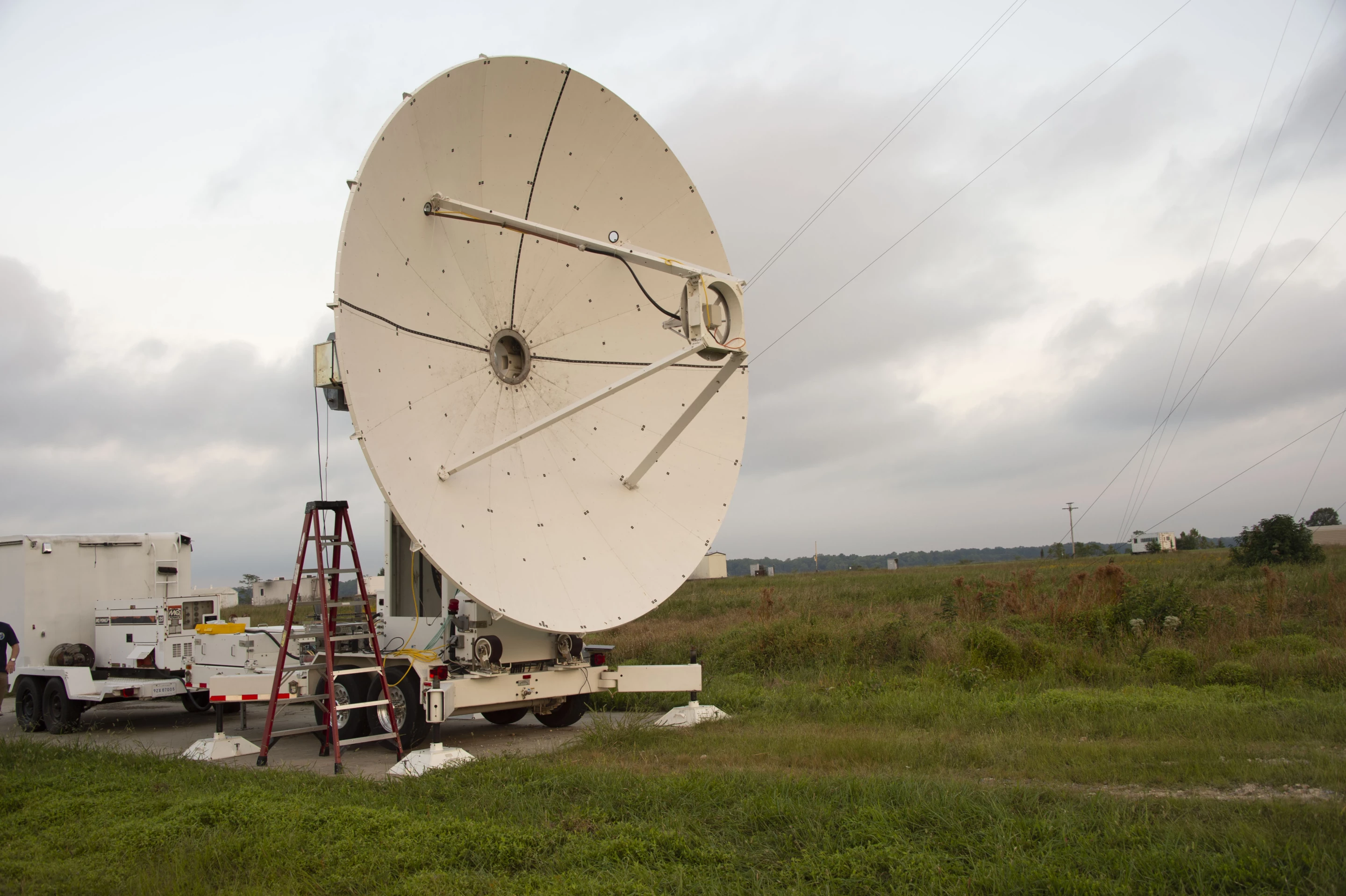In what it describes as the most significant demonstration of its kind in half a century, the US Naval Research Laboratory (NRL) beamed 1.6 kW of power over a kilometer (3,280 ft) using a microwave beam at the US Army Research Field in Maryland.
The idea of transmitting power over long distances without wires has been around for well over a century. By the 1970s, the technology was mature enough to make it a key component in a concept by American physicist Gerard K. O'Neil that proposed establishing space colonies to build huge solar collector stations to beam power back to Earth.
The principle is simple enough. Electricity is converted to microwaves, which are then focused in a tight beam at a receiver made up of what are called rectenna elements. These are very simple components that consist of an x-band dipole antenna with an RF diode. When microwaves strike the rectenna, the elements generate DC current.
Despite initial doubts, microwave beaming turns out to be surprisingly efficient and the NRL team led by Christopher Rodenbeck, Head of the Advanced Concepts Group, has been tasked by the Defense Department with developing the Safe and Continuous Power bEaming – Microwave (SCOPE-M) project to explore the practicality of fielding the technology.

Using a 10-GHz microwave beam, SCOPE-M set up at two locations. The first was the US Army Research Field at Blossom Point, Maryland, and the second was at the Haystack Ultra Wideband Satellite Imaging Radar (HUSIR) transmitter at MIT in Massachusetts. The frequency was chosen because it was not only able to beam even in heavy rain with a loss of power of under five percent, it's also safe to use under international standards in the presence of birds, animals, and people. This means the system doesn't need the automatic cutouts developed for earlier laser-based systems.
In the Maryland tests, the beam operated at an efficiency of 60 percent. The Massachusetts test didn't reach the same power peak, but had a higher average power level, so more energy was delivered.

The SCOPE-M technology could one day be used to transmit power on Earth or from large orbital solar power stations to provide electricity to the national grids 24 hours a day, 365 days a year. However, a more immediate application that the DOD is interested in is to beam power directly to troops in the field, eliminating the need for vulnerable fuel shipments.
"Although SCOPE-M was a terrestrial power beaming link, it was a good proof of concept for a space power beaming link," said Brian Tierney, SCOPE-M electronics engineer. "The main benefit of space to Earth power beaming for the DOD is to mitigate the reliance on the fuel supply for troops, which can be vulnerable to attack."
The video below discusses SCOPE-M.
Source: NRL







